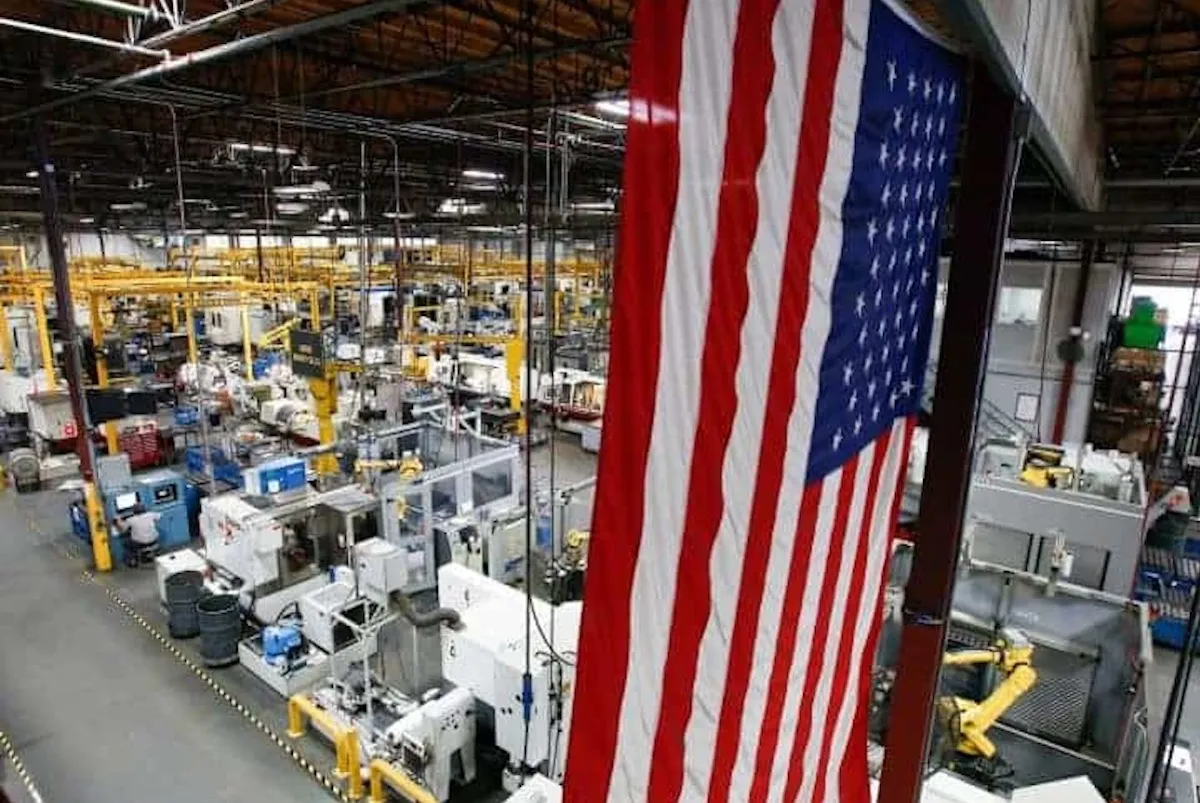U.S. Factories Struggle While Shoppers Keep Spending: The Contradictory Economy Explained
By RT Staff Reporters
Copyright riotimesonline

The flood of economic numbers coming out of Washington and Wall Street can feel overwhelming, even contradictory.
One day, reports show strong growth; the next, factory output shrinks or wages slip. To make sense of it, it helps to step back and see how the pieces fit together.
Today’s Picture: Industrial Production and Shopping
On September 16, industrial production rose just 0.1 percent in August, a tiny rebound after July’s drop.
Manufacturing managed a 0.2 percent gain, but utilities fell, leaving overall output stuck below its long-term average. In short: U.S. factories are working, but not at full steam.
At the same time, consumers keep spending. Retail sales jumped 0.6 percent in August, triple what analysts expected, and are up 5 percent compared with last year.
Online shopping, clothing, and back-to-school purchases all boosted sales. Businesses are keeping inventories in check, a sign that demand hasn’t collapsed.
Yesterday’s Warning: Factories Contracting
But just a day earlier, the Empire State Manufacturing Index—a forward-looking survey—plunged to minus 8.7. That tells us factory managers see fewer orders, slower shipments, and leaner inventories ahead.
Industrial production measures what’s already been made; the survey suggests the months ahead could be rougher.
The Broader Context: Jobs, Inflation, Wages
Jobs are no longer the safety net they once were. Only 22,000 positions were added in August, the weakest gain in years, and past data was revised down by nearly a million. Unemployment has ticked up to 4.3 percent.
At the same time, inflation is cooling but not gone: consumer prices rose 2.9 percent in August, with core inflation still above 3 percent. Real wages slipped 0.1 percent last month, meaning paychecks didn’t keep up with prices.
What’s Really Happening?
The U.S. economy is being pulled in two directions. Consumers are still willing to spend, helped by online retail and pockets of service-sector strength.
However, factories and traditional industries are under pressure from weak global demand, tariffs, and the rapid shift toward automation and artificial intelligence. Businesses are investing heavily in technology, which boosts productivity but does little to create jobs.
Why It Matters
For the Federal Reserve, this creates a dilemma. Growth looks decent on the surface, with GDP expanding at a 3.3 percent pace in the spring, but the foundation is shaky.
Manufacturing is weakening, wages aren’t keeping up with costs, and inflation is sticky enough to limit how much interest rates can be cut.
In plain terms: America is still growing, but more narrowly. Consumers and tech are carrying the load, while factories and workers are feeling squeezed.
That imbalance may keep the recovery alive in the short run—but it risks leaving the economy more fragile over time.



